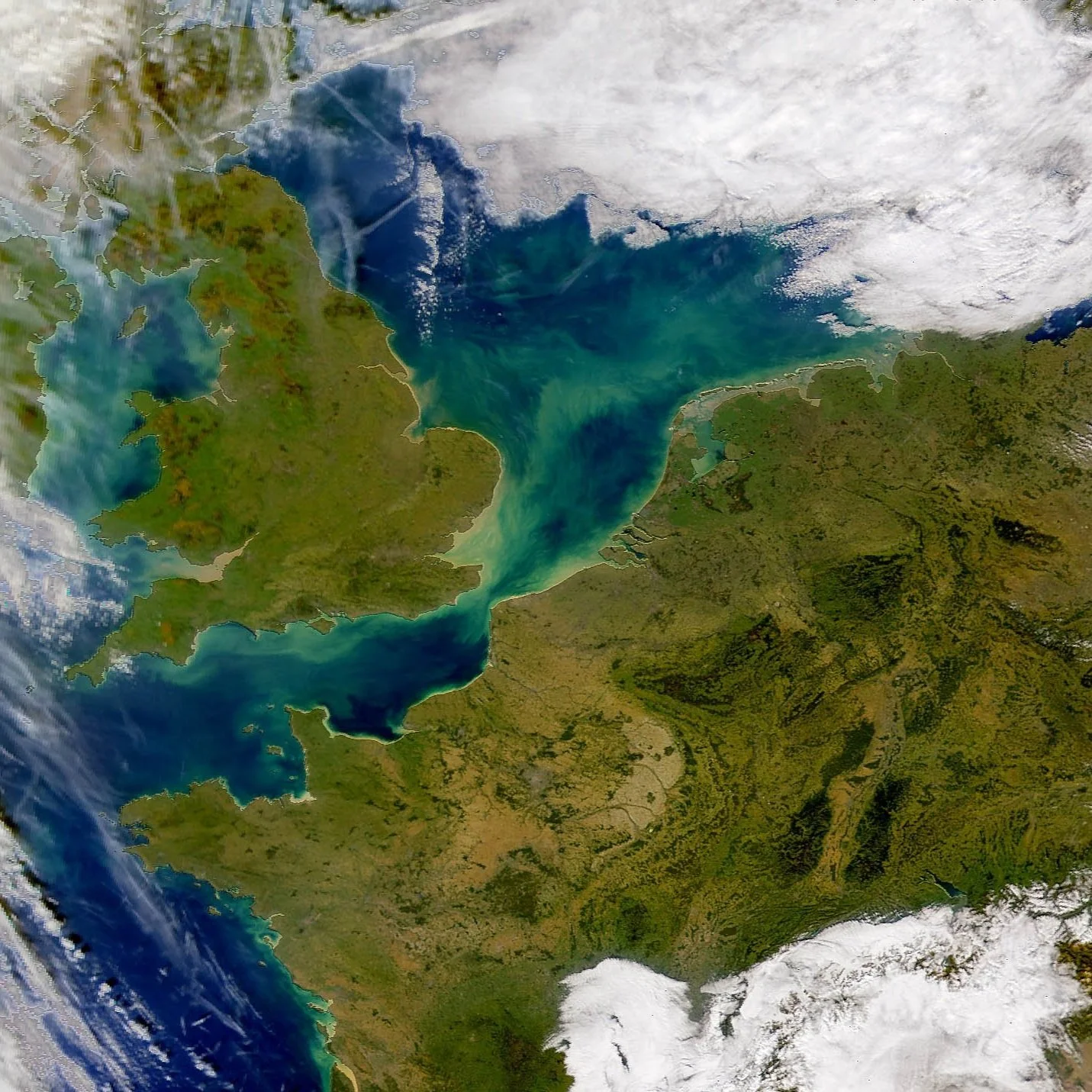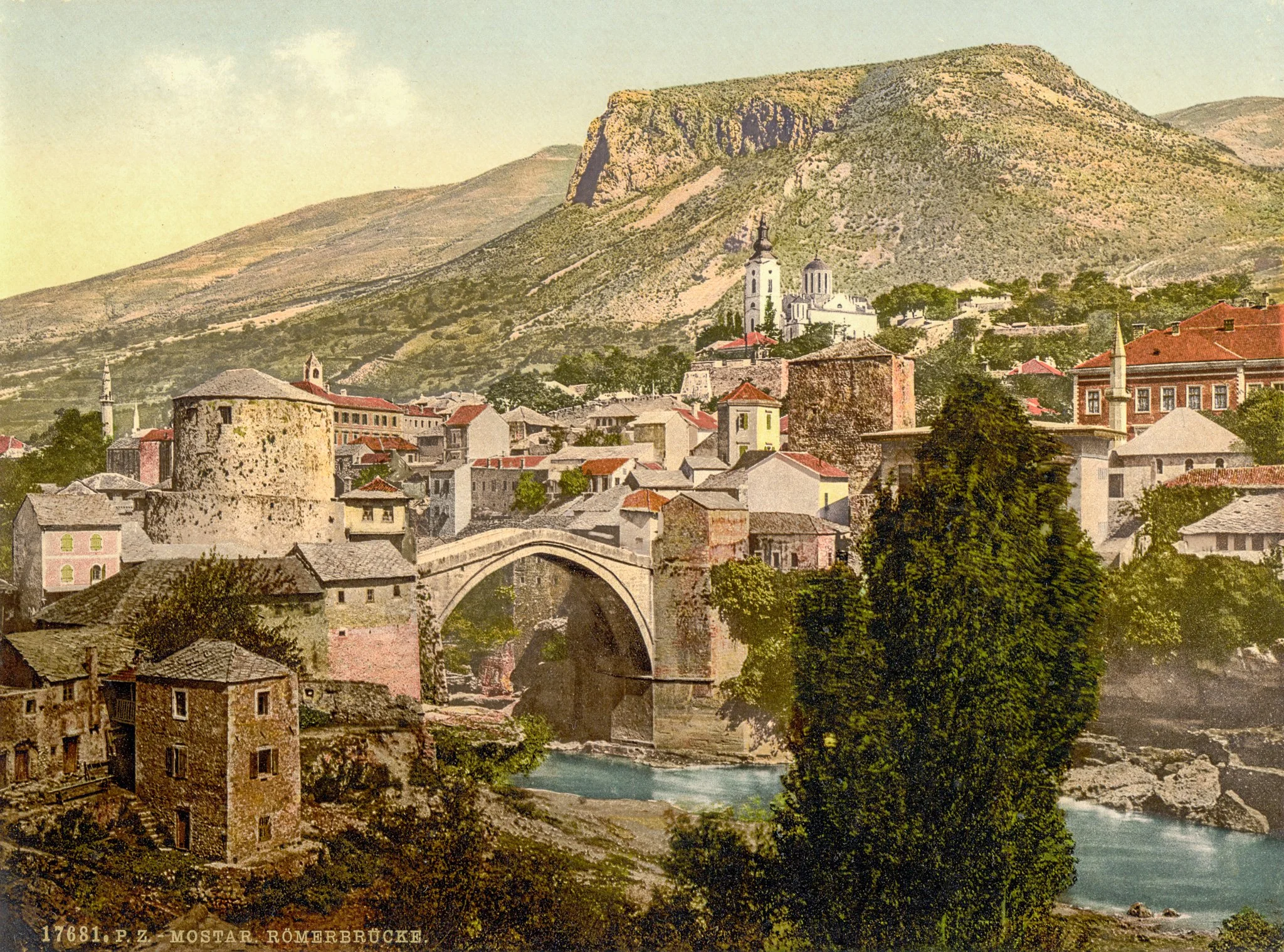
Issue 7: Small Things
How kangaroo care helped me survive my baby’s hospitalization.
How dust has quietly shaped the universe for billions of years.
How nano- and picoplankton can further inform marine policy.
Viruses are opening oncologists’ eyes to new treatment possibilities for the world’s most intractable brain cancer.
Mysterious cases of lung cancer are afflicting nonsmoking women; Congress must pass legislation now to investigate why.
Examining the appeal of moissanite as an alternative to diamonds.
In the wake of long COVID, nature helps provide a healing light
A pediatrician explains everything you never wanted to know about lice.
3D-printed nanocellulose and algae as a sustainable alternative to fossil-based materials.
Read More from Past Issues of The Science Writer
A mother’s quest to rebuild after tragedy.
Animal research suggests time-restricted eating could slow progression and relieve symptoms of neurodegenerative conditions.
The life and death struggle of northern spotted owl conservation.
Movable type sparked revolutions and reshaped cultures — AI could be trained to do it all again.
Marine biologist Edith Widder’s new memoir
How legendary creatures transitioned from sea to sky
The competitive advantage of starling genetics.
Is seaweed a viable climate change treatment for coastal Maine?
The science of brewing beer
A journey of light bouncing through ice






















